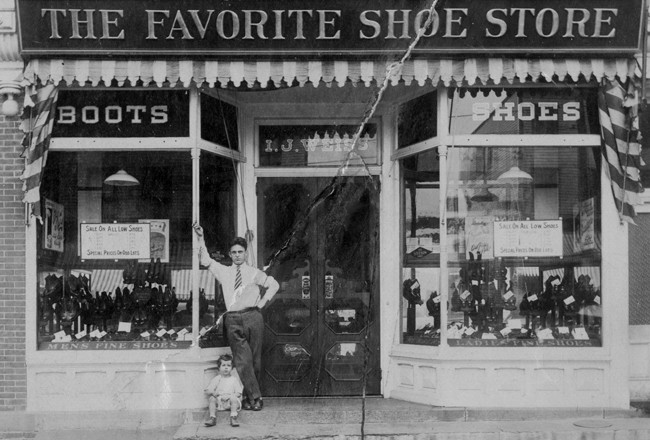 The reputation of your business is the most important asset of any organization.
The reputation of your business is the most important asset of any organization.
We often hear it is our employees, but if your organization is not held in high regard, you are likely not retaining or recruiting those great employees. Others may think it is the product and services, but again, if you are not perceived as reliable, trustworthy or creative, then your customers are likely looking elsewhere to buy their coffee, build their deck, or secure a commercial loan.
However, most businesses do not focus on reputation, as it is seen as an intangible and its value likely not showing up on the annual business goals or on the balance sheet.
However, CEOs are starting to see the value in reputation management. A recent U.S. survey by PR giant Burson-Marsteller found that 95 percent of chief executives believed that corporate reputation plays an important or very important role in the achievement of business objectives. And not in a moment of crisis when most organizations endure significant business loss or worse, closure of the business.
Banks, in particular, should be ultrasensitive given most banks suffered reputational damage following the financial crisis, and the need to slowly gain back trust. We are now seeing it appear as a critical business priority that is on the top of the priority list.
This past June, the Reputation Institute released its 7th annual Survey of U.S. Bank Reputations report. We are happy to report that there are measurable incremental gains in customers”™ and future customers”™ faith in banks again. The Institute looked at the overall reputation of the banking industry and ranked banks from all over the country, identifying the key aspects of reputation and which banks are doing it best.
At the same time, the annual Connecticut Bank Prospect Benchmark study, based on more than 400,000 consumer and business reviews of banks and credit unions across New England, found that one component of reputation management, community contributions or community affairs, is making a significant impact on growing and retaining business for Connecticut banks. The study determined that community contribution increases consideration of your bank by prospects or future customers by an average of 136 percent. For current customers, it increases their long-term loyalty
by 91 percent.
This further proves that a thoughtful and disciplined community program continues to be a critical component of the overall marketing effort of the bank. Alongside its public relations, social media, advertising and brand efforts, community affairs can be one of the most effective strategic levers to business performance and success. According to the latest Edleman GoodPurpose study, 73 percent of consumers would switch brands if a different brand of simiar quality supported a good cause. And if you are utilizing all your marketing channels to create awareness of those aligned causes, the percentage should increase substantially.
Traditional approaches to community affairs is making a donation to a local charity and getting employees to come out to support the cause. However, we know that to impact the bottom line in a demonstrable way, there needs to be a disciplined and sustained program that is developed and managed as carefully as a new product rollout or cybersecurity initiative.
To kick start or re-vamp your community affairs program, there are three simple ways to ensure your organization can have a competitive edge:
Tailor your efforts to the core of your business. Tying your philanthropic efforts based on the expertise of your people, products and services to the community issues and needs is critical to enhancing your reputation. This is the only way to make an impact ”” by targeting “talent and treasure” to what”™s important to your business.
Tell compelling and personal stories. Beyond the numbers, find customers and partners who have relevant stories that demonstrate to prospects that one of your core values is to serve the communities in which you work and live. Tell these stories in the most compelling and engaging ways ”” videos, infographics and surprise community partner visits to your next employee town hall.
Create community-impact reports. Provide bite-size information to showcase how the volunteerism and charitable efforts are making a difference in the communities you serve. The impact reports should, be shared with all key stakeholders including government officials, media and chief information officers, among others.
Whether you are already doing all this or need to start today, true bottom line is that banks that want to be the best and be recognized as the best, need to always put their best foot forward for customers and the community.
Alice Ferreira is the head of corporate communications for Webster Bank, headquartered in Waterbury. She can be reached at ACFerreira@websterbank.com or by phone at 203-578-2610.





















